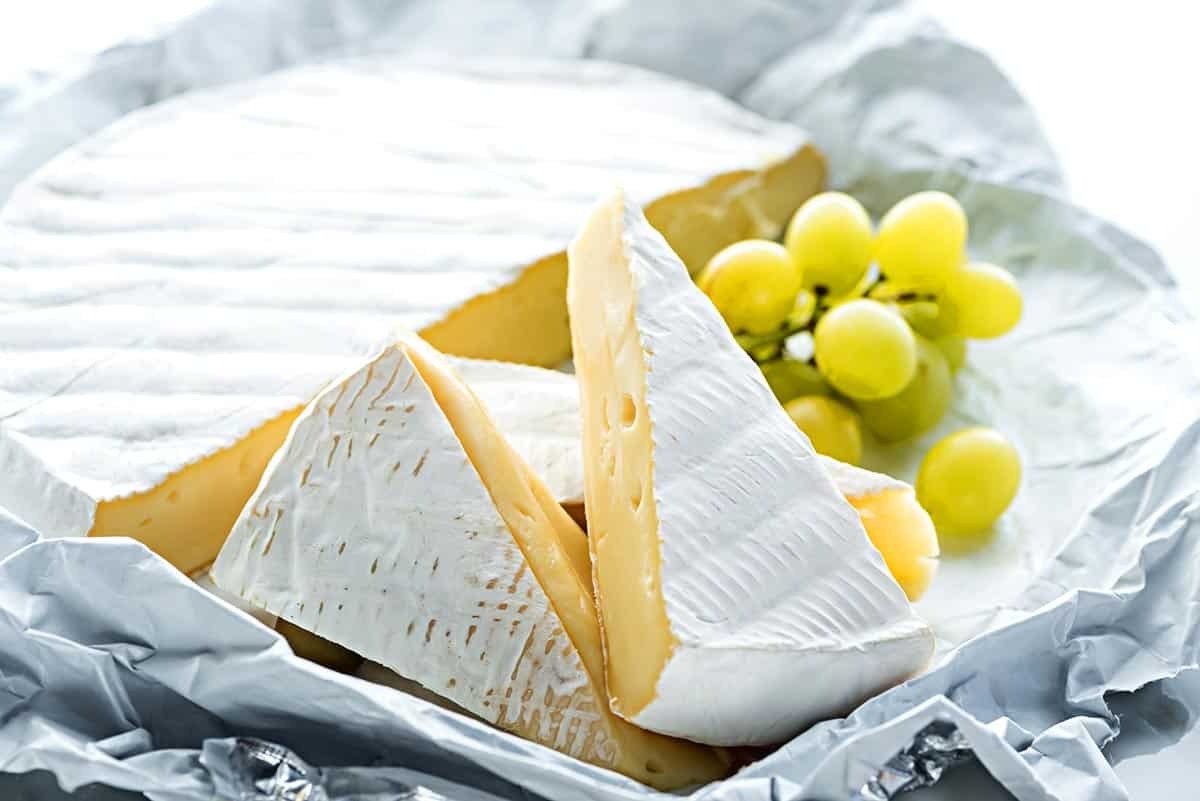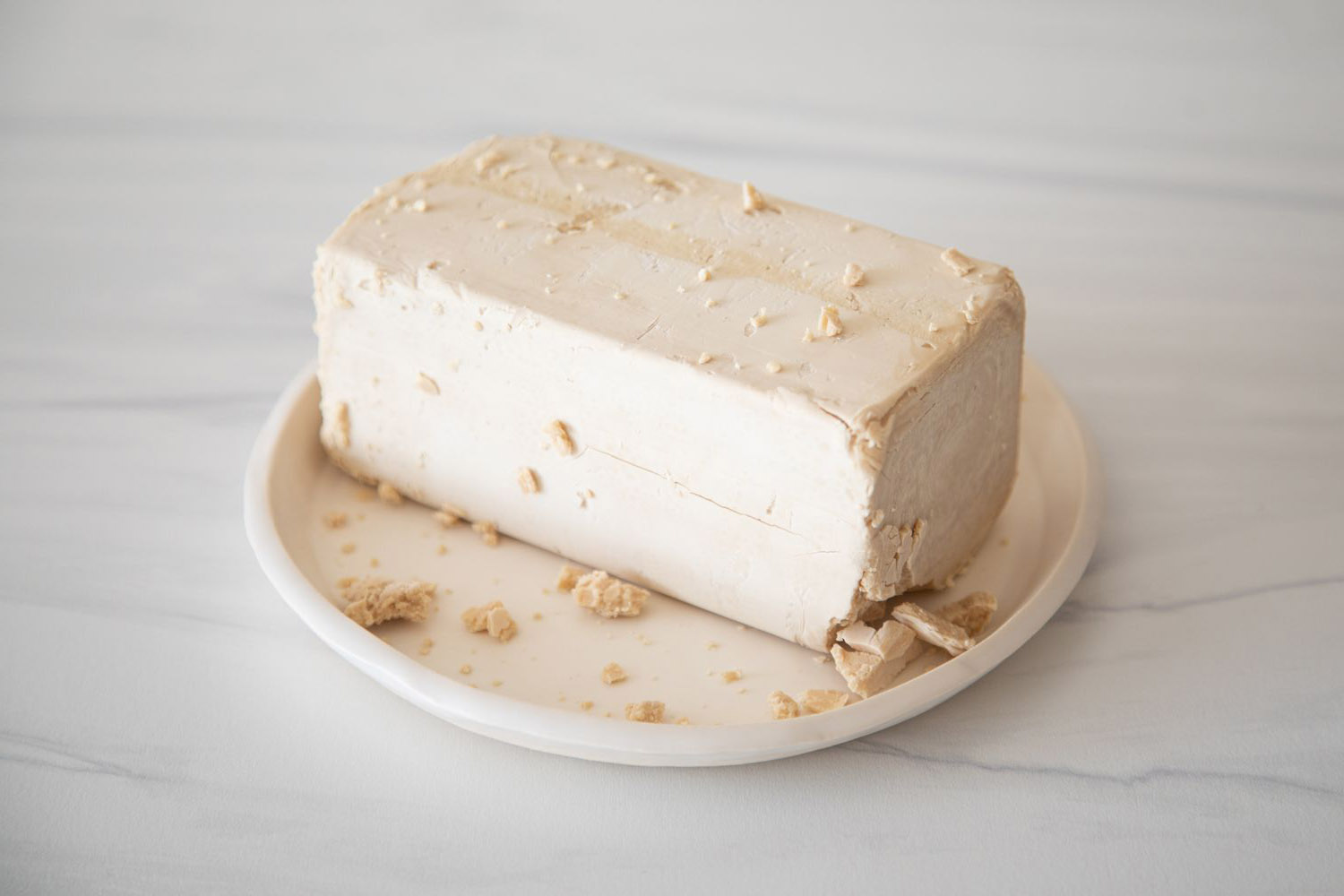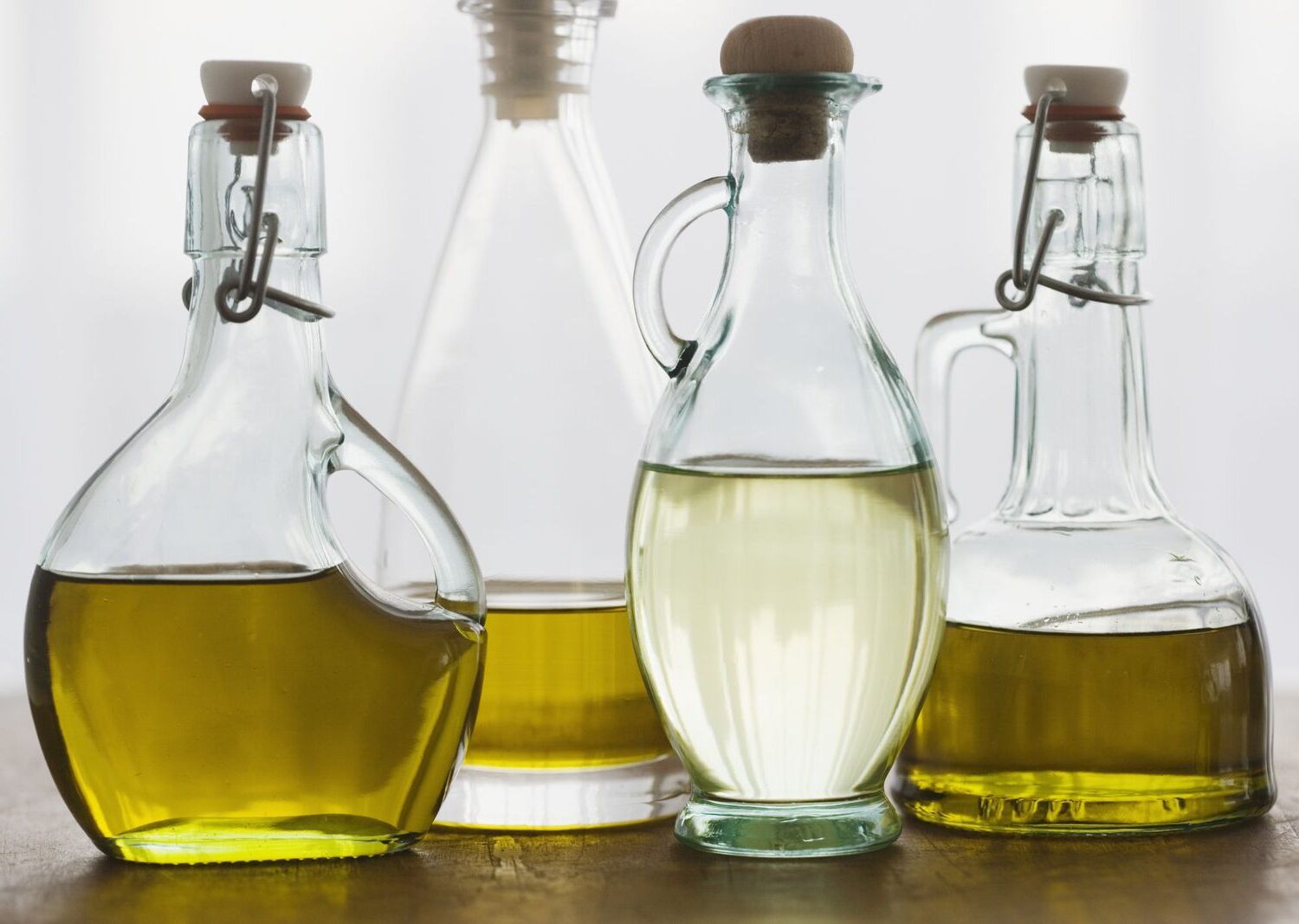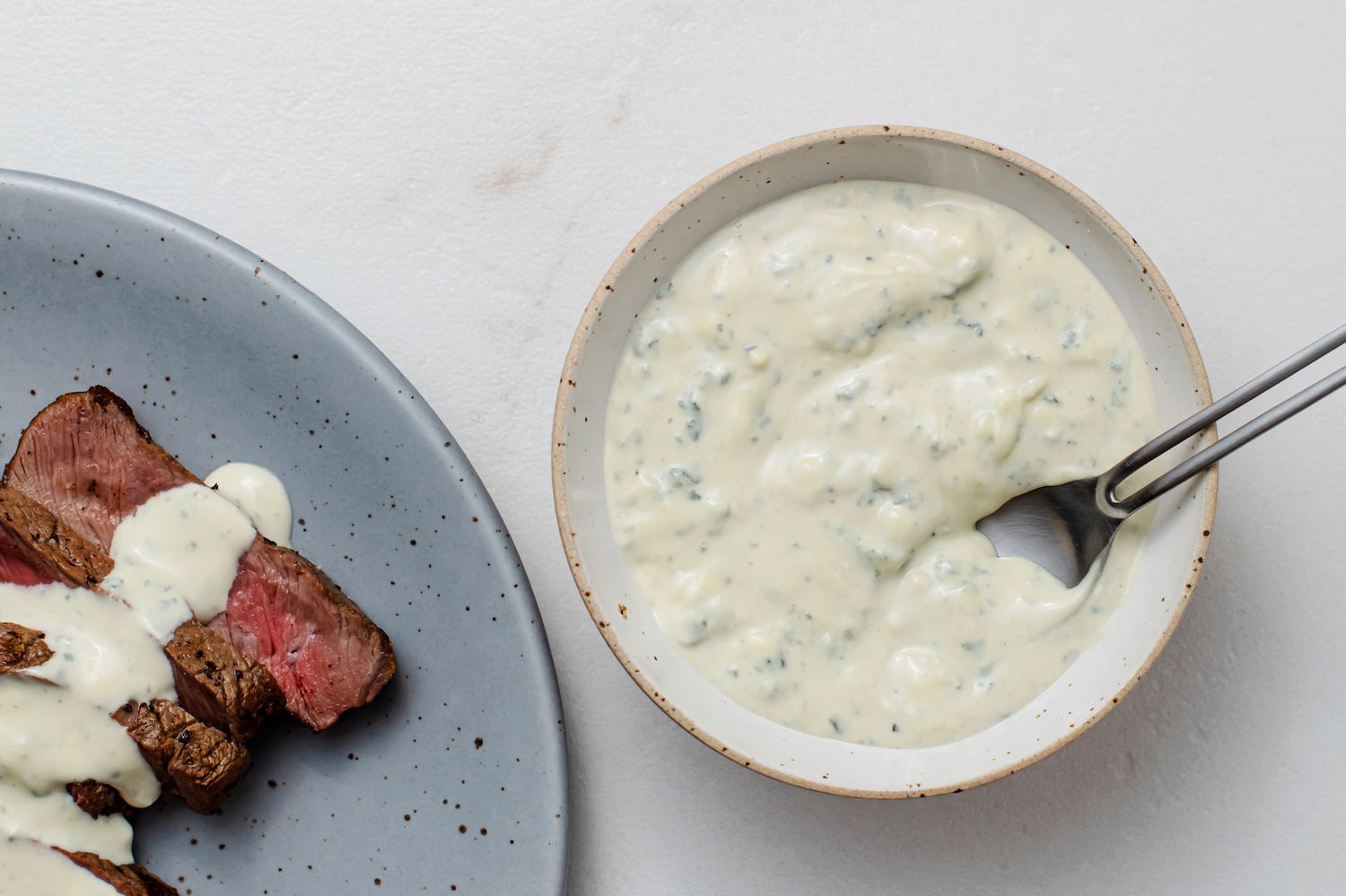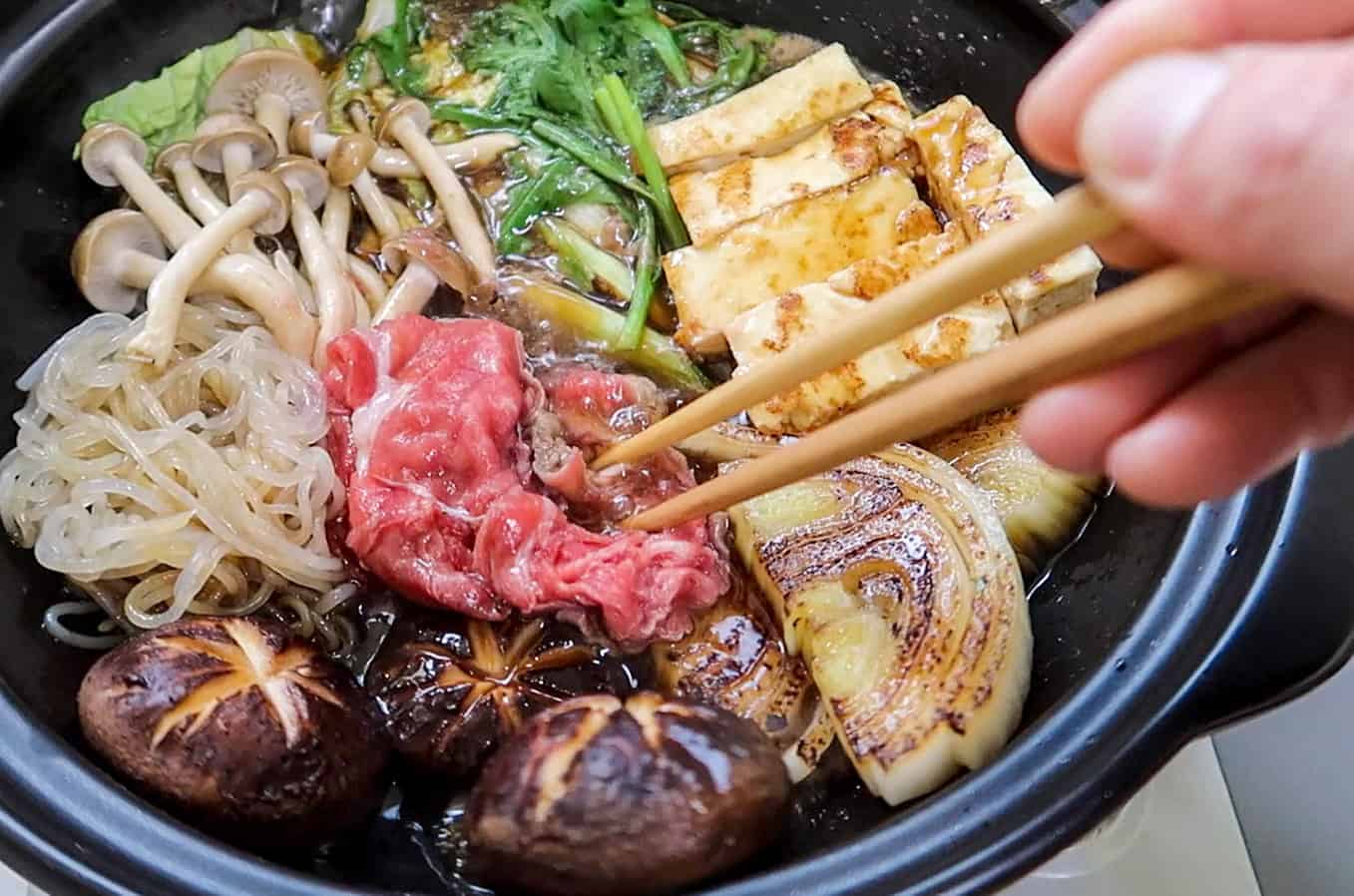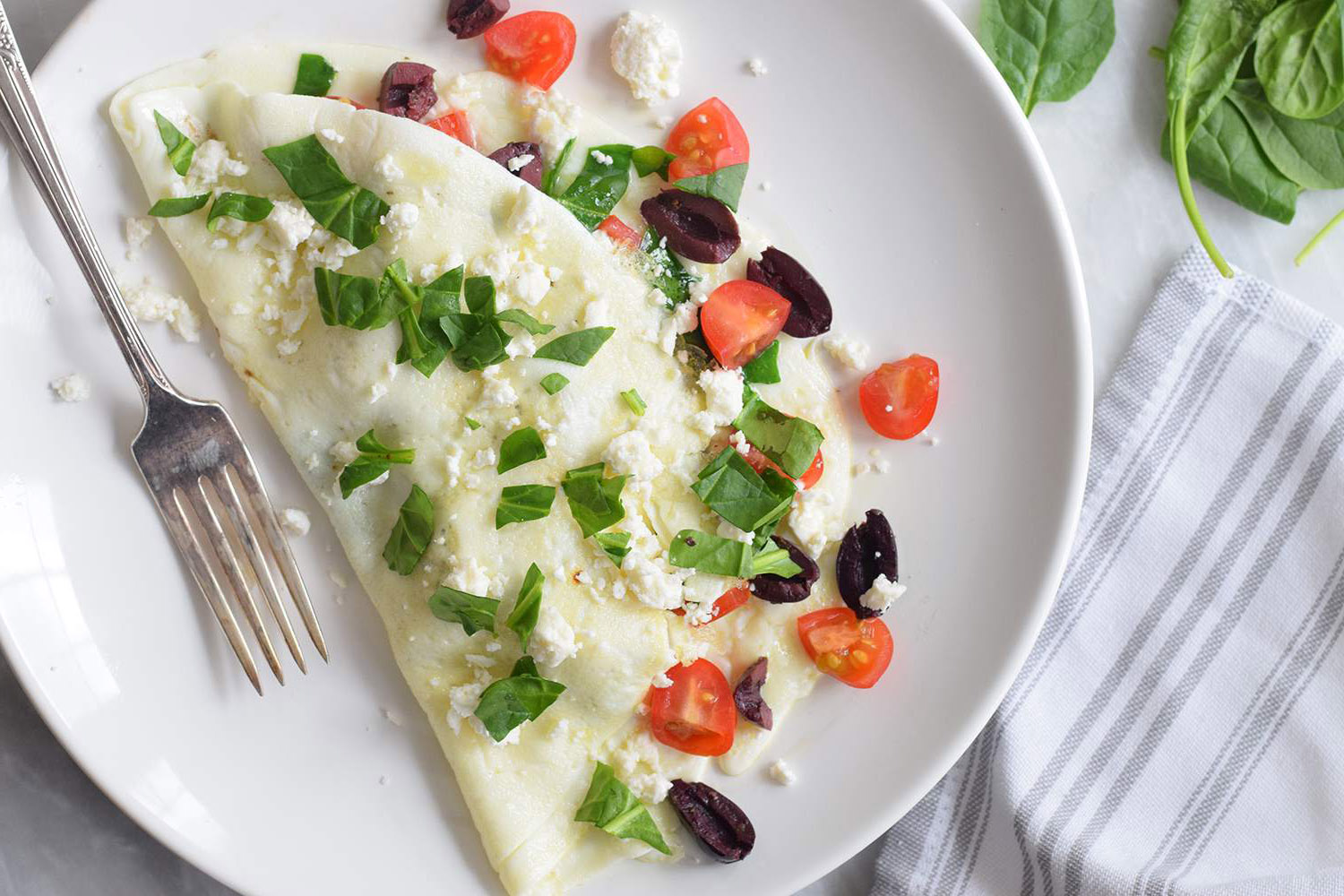Discovering the Delight of a French Omelette
When it comes to classic French cuisine, the French omelette is a timeless and beloved dish that has captured the hearts and taste buds of food enthusiasts around the world. This simple yet elegant creation is a staple in French cooking and is cherished for its delicate texture and rich flavor. Let’s delve into the art of making a French omelette and explore what sets it apart from other omelette variations.
What Makes a French Omelette Unique?
A French omelette is distinct from other types of omelettes due to its cooking technique and texture. Unlike its American counterpart, the French omelette is not typically folded over a filling. Instead, it is rolled into a smooth, cylindrical shape, showcasing the creamy and custard-like consistency of the eggs. The key to achieving this velvety texture lies in the method of cooking and the ingredients used.
The Art of Preparation
Creating the perfect French omelette requires finesse and attention to detail. The eggs are whisked until they are thoroughly blended, but not frothy. The mixture is then seasoned with a pinch of salt and pepper, enhancing the natural flavors of the eggs. The next crucial step is the cooking process, which involves gently stirring the eggs in a hot, buttered pan. The goal is to achieve a soft, creamy texture without any browning.
Ingredients Matter
One of the hallmarks of a French omelette is its simplicity. The classic version calls for just a few high-quality ingredients, allowing the eggs to take center stage. Fresh eggs, preferably organic or free-range, are essential for a rich and flavorful omelette. Additionally, using high-quality butter lends a luxurious creaminess to the dish, elevating its taste and texture.
Flavorful Variations
While the traditional French omelette is a timeless favorite, there are endless possibilities for adding a personal touch to this iconic dish. Incorporating a variety of fillings such as herbs, cheese, mushrooms, or ham can introduce new dimensions of flavor and texture. Whether it’s a decadent Gruyère cheese omelette or a vibrant spinach and feta omelette, the options for customization are boundless.
Savoring the French Omelette Experience
Enjoying a French omelette is not just about the taste; it’s also about savoring the experience of creating and savoring this culinary masterpiece. Whether it’s a leisurely weekend brunch or a quick weekday breakfast, the French omelette offers a delightful way to indulge in the simple pleasures of good food.
So, the next time you’re in the mood for a culinary adventure, consider trying your hand at making a French omelette. With its timeless appeal and versatile nature, this classic dish is sure to become a cherished favorite in your culinary repertoire.
Was this page helpful?
Read Next: What Is A Juice Cocktail
